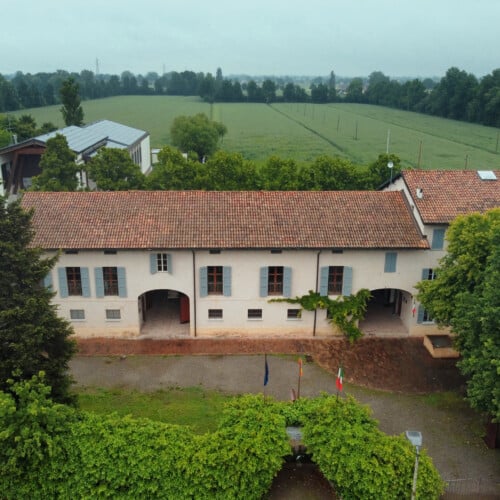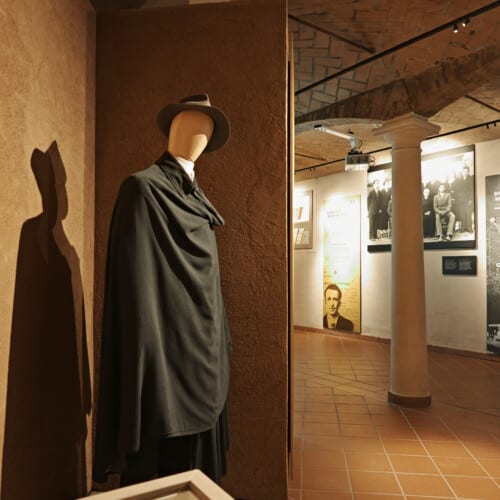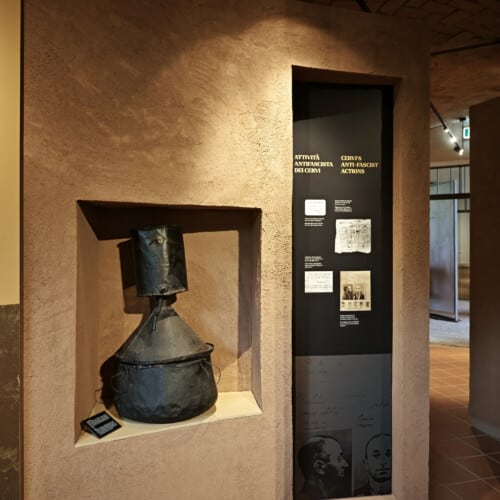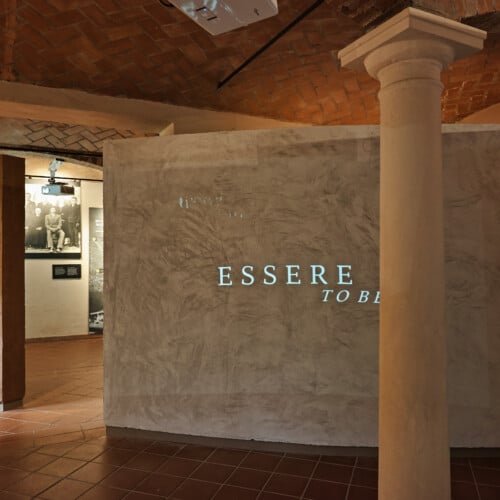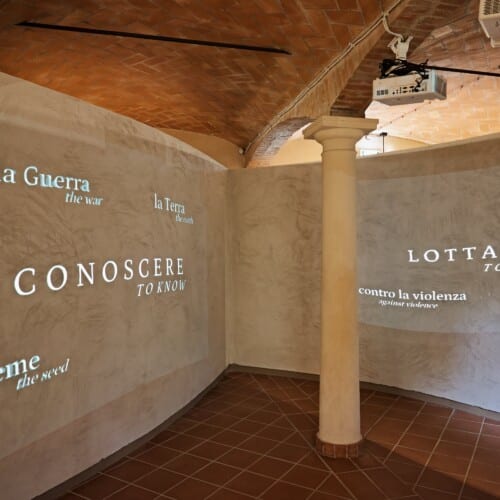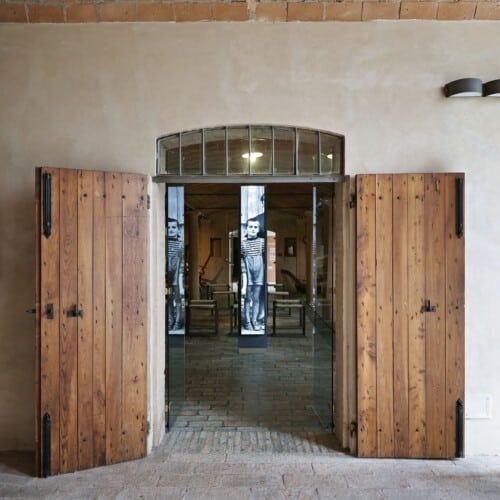The museum is located in the country house that was once home to the seven Cervi brothers and offered many people protection from the fascists at the time. The men were arrested by fascists on November 25, 1943, and later shot on December 28, 1943 for initiating the resistance in the Reggio Emilia region. The Cervi Museum exhibits documents and photographs relating to the historical events surrounding the Cervi brothers, the resistance and rural culture. In addition, the museum offers an insight into the life of a farming family in the first half of the 20th century by presenting tools and artifacts.
In keeping with the decades-old exhibits, the client opted for a historical building material to make the wall structure of the partition walls within the exhibition tangible. Natural clay building materials were used to convey the atmosphere of the period in a natural way. The walls of the museum were first pre-treated with “Deep foundation and strengthener” to fix the sandy substrate. The base plaster “Clay plaster Mineral 20” was then applied to “Reed matting 70ST” as a solid base for the other layers of the structure. A reinforcement layer was then applied to form an even base. This consists of “Clay topcoat fine 06“, which is easy to work with thanks to its fine grain gradation and can be finely finished on the surface. The established ecological plaster reinforcement fabric “Hessian mesh” was worked into the “Clay topcoat fine 06“. The creative finish is provided by the “YOSIMA clay designer plaster“, which was used in various colors and applied using different techniques in order to create more texture on the one hand and to achieve a smooth and even surface on the other. YOSIMA surfaces are elegant, color-deep and brilliant and are available in a total of 146 different shades.
The “Clay plaster Mineral 20” with its rough texture was left as the wall surface on individual walls in order to create more texture here too.
A very special highlight are two quotes that have been worked into two of the clay walls, into the still damp clay before it dries. This is just one of the many creative and artistic possibilities offered by clay as a building material.
The Cervi Museum not only commemorates the past, but also sets an example for sustainability and ecological responsibility by using ecological building materials. The use of clay as a building material underlines this approach and helps to minimize the environmental impact while preserving the historical authenticity of the valuable memorial site.

